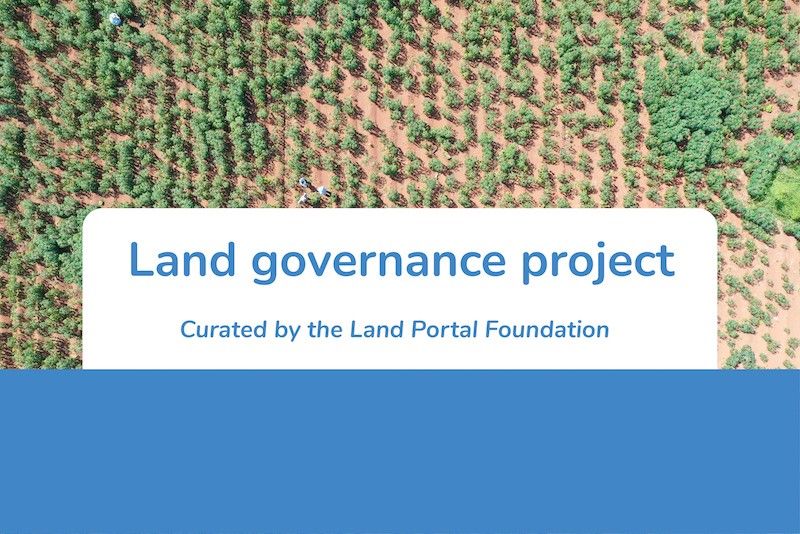Community / Land projects / [SRJS] Programma IUCN Beschikking & Partnerschapovereenkomst
[SRJS] Programma IUCN Beschikking & Partnerschapovereenkomst

€0
01/16 - 12/20
Завершено
This project is part of
Implementing Organisations
Donors
Data Providers
General
The long-term goal of this program is to secure the ecosystem-based IPGs water provisioning, food security, and climate resilience for improved livelihoods. This involves multi-stakeholder governance of landscapes, including strong CSOs that represent the interests of vulnerable groups, women, and nature. To ensure that this type of land governance leads to sustainable land use, the program seeks to achieve various outcomes on inclusive and green business and government practices and policies. The joint strategic program objective is: effective CSO lobby&advocacy for business and government policies and practices that enable inclusive green development in selected landscapes and optimize ecological, social, and economic values. IUCN NL and WWF NL will help partner CSOs establish partnerships that lobby for and set up land governance based on a landscape-wide approach in which all stakeholders have a say. To ensure that CSOs can collaborate on an equal footing with the private (business) and public (government) sectors we will strengthen CSO capacities to engage and monitor all relevant stakeholders. In our approach we will aim to strengthen the enabling environment and the inclusiveness of decision-making for vulnerable groups and women. Finally, we provide a vision on the continuity and exit strategy of our interventions and discuss our main assumptions and risk-mitigation strategy. The Shared Resources, Joint Solutions program focuses on safeguarding the ecosystem-based International Public Goods (IPGs) water provisioning, food security, and climate resilience in landscapes in 16 low- and lower-middle-income countries. As these IPGs are generated by ecosystems in identifiable landscapes, the program will take a landscape-based approach.


